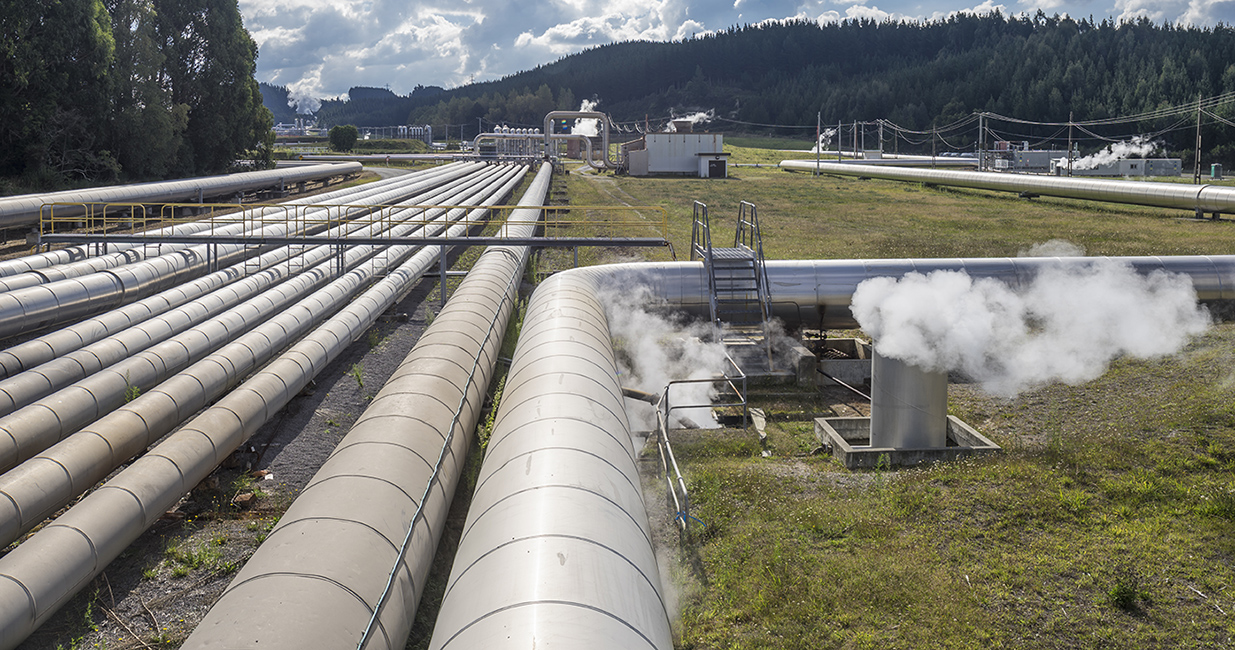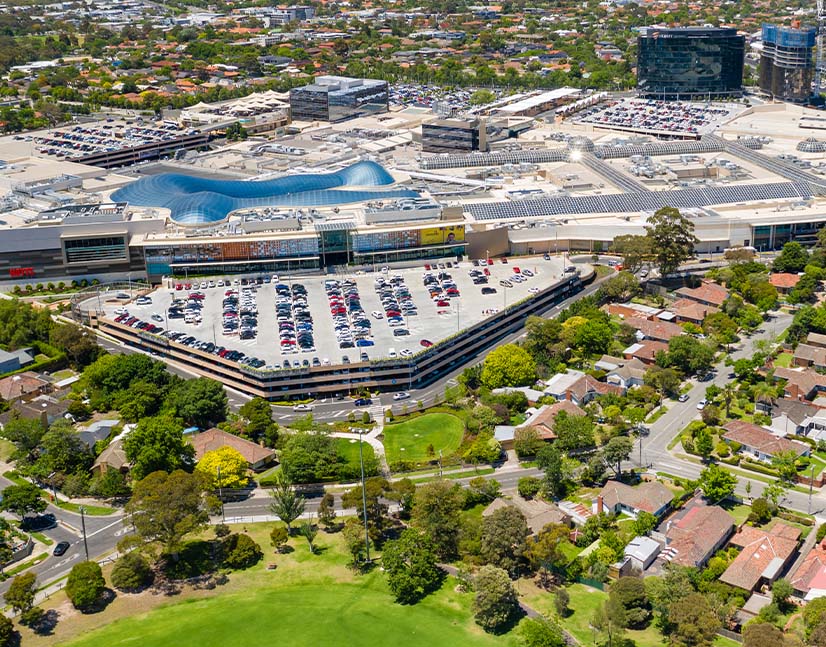
Contact’s second SLL hints at electricity-sector ESG funding growth potential
Contact Energy says its second sustainability-linked loan (SLL) – a four-year, NZ$75 million (US$54.2 million) bilateral facility provided by MUFG Bank – reinforces the borrower’s commitment to sustainable debt financing. MUFG, meanwhile, suggests its first SLL in New Zealand also illustrates a growing opportunity in the electricity sector as a whole.
Alex Waite, director, corporate and investment banking at MUFG in Auckland, believes the electricity sector offers tremendous potential for ESG funding growth in New Zealand – and not just because of the scale of existing assets. Around 85 per cent of power running through the grid is already from renewable sources but New Zealand is also on the verge of a significant step up in electrification and thus demand for renewables.
“The electricity sector only accounts for about 6 per cent of New Zealand carbon emissions. Other industries require significant process heat and it is these that are greater contributors,” Waite says. “Demand for electricity is going to go up as these industries look at alternatives and this in turn will require investment – this is the link to the financing side.”
In the electricity sector itself, Waite points to indicators like a Climate Change Commission proposal to end the import of petrol cars to New Zealand from 2030 as a sign of the likely need for more renewable electricity.
On an individual entity level, Genesis Energy is exploring options to increase its renewable baseload power capacity and thus rely less on the Huntly coal and gas facility. Contact, which will present its interim results on 15 February, has a looming decision on whether to proceed with the development of a new power station on the Tauhara geothermal field – a project reported to have a potential cost of NZ$600 million.
Similar financing-relevant decisions are also being taken outside the generation space, such as Synlait Milk’s installation of New Zealand’s first electrode boiler in 2019. This, the company says, offsets the equivalent of nearly 10,000 households’ annual emissions relative to a coal boiler.
“The electricity sector only accounts for about 6 per cent of New Zealand carbon emissions. Other industries require significant process heat and it is these that are greater contributors. Demand for electricity is going to go up as these industries look at alternatives and in turn this will require investment.”
Contact’s return
With renewable assets already in place and more potentially to come, New Zealand electricity generators are progressing with linking their debt funding to sustainability criteria. Contact is a market leader: it finalised a NZ$1.8 billion green borrowing programme in 2017, became New Zealand’s first corporate green-bond issuer in February 2019 and debuted in the SLL market via a NZ$50 million bilateral facility with Westpac early last year.
Contact’s Wellington-based corporate treasurer, Karina Witty, confirms that the borrower’s two SLLs have identical sustainability mechanics. “The RobecoSAM assessment referenced in our SLLs covers the broad spectrum of ESG – with a roughly equal weighting between its components. The assessment is independent and highly respected, and therefore provides a widely acceptable performance benchmark.”
Nick Congdon, Auckland-based managing director and head of MUFG’s New Zealand corporate and investment banking business, says the introduction of Contact’s green borrowing programme in 2017 made clear the alignment between bank and borrower’s climate goals. At global level, MUFG has a target of ¥20 trillion (US$191.2 billion) of ESG investment and Waite says a natural target for these funds are assets and borrowers with existing ESG frameworks.
MUFG’s focus is in particular on the environmental aspects of Contact’s framework. These actually only account for around 40 per cent of the borrower’s external sustainability rating, provided by RobecoSAM – which covers social and governance aspects including corporate citizenship, codes of conduct, stakeholder engagement, supply-chain management and privacy as well as carbon footprint and reporting.
It made sense for MUFG and Contact to negotiate bilateral loan terms based on this framework. Congdon explains: “RobecoSAM is globally recognised as a reputable agency for ESG scoring and it was not a big leap for us to incorporate its scoring – this type of external factor is very useful.”
The loan terms include a two-way pricing impact, rewarding Contact for meeting ESG goals with an improved margin but also including a pricing penalty if the borrower falls short of agreed targets. Contact and MUFG are not disclosing the loan pricing terms or the size of the sustainability-linked margin adjustment.
“The sustainability-linked price adjustment – in either direction – is relatively small so its impact is less significant if it comes from just one or two facilities. SLLs complement the sustainability ambitions of our board and management as well as having mutual benefits for lenders. We will be having conversations with all our lenders in due course.”
Sustainable-debt aspirations
A uniform approach makes sense as Contact continues the process of bringing as much of its debt book as possible under its ESG framework. Witty says ESG performance is an increasingly important factor in the company’s decision making as the company views it as being strongly aligned with overall positive performance for all stakeholders.
The debt book has three primary sources: bank loans, and US private placement and domestic bonds. The company intends to explore options for incorporating sustainability into its future capital-markets issuance, Witty says.
In loan format, she also tells KangaNews that Contact hopes to transition all its bilateral loan facilities to SLL format as a means of maximising the benefit to the issuer from good sustainability performance.
“The sustainability-linked price adjustment – in either direction – is relatively small so its impact is less significant if it comes from just one or two facilities,” she explains. “SLLs complement the sustainability ambitions of our board and management as well as having mutual benefits for lenders. We will be having conversations with all our lenders in due course.”
Contact’s loans are primary bilateral – it has just a single syndicated facility, which it negotiated during the height of the COVID-19 crisis in April 2020 and is due to expire in October. Refinancing plans – and the company’s overall future debt profile – are likely to become clearer in the coming weeks.

WOMEN IN CAPITAL MARKETS Yearbook 2023
KangaNews's annual yearbook amplifying female voices in the Australian capital market.













